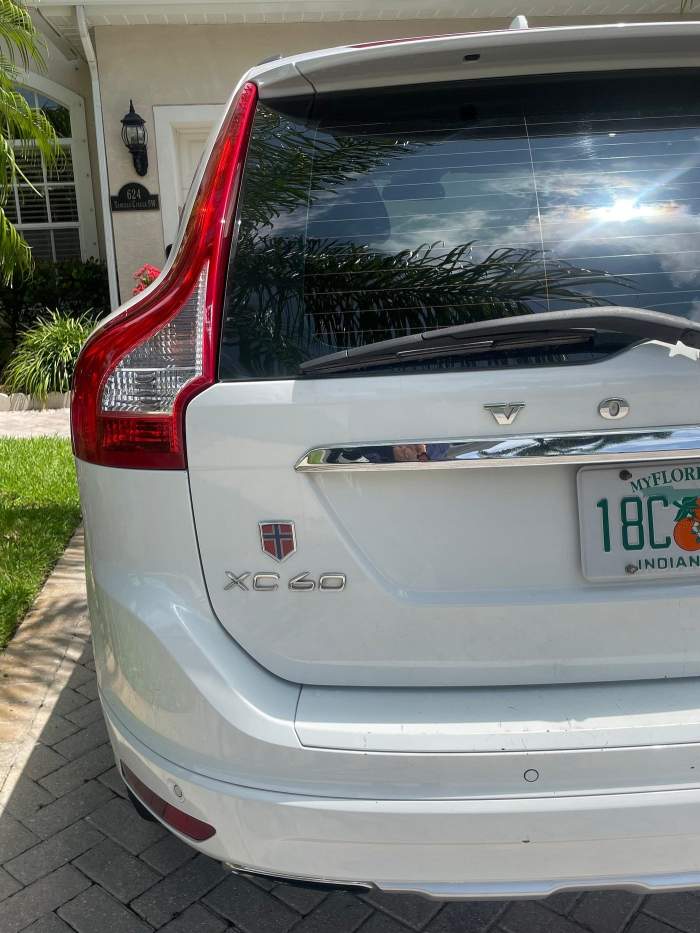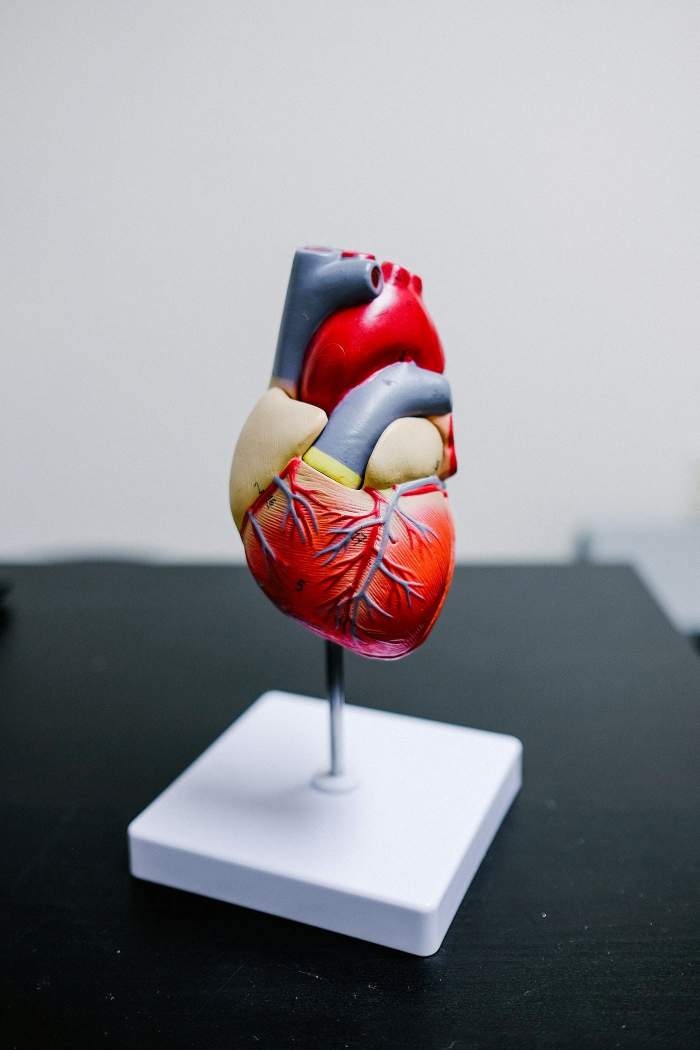The Engines That Drive Boomers
Friday, June 27, 2025
The Engines That Drive Boomers

During my last physical, the Doc put a stethoscope to my back and chest. He moved it around and listened attentively to the middle, slightly left chest area. “You have a strong heart”, he said. “That is a good thing because I am planning to live to be 113 years old”, I said.
“You are on your way”, he answered. We had a good laugh.
After making an appointment for next year, I, with my aging 1950 model heart, jumped into my aging 2014 model car. We drove out of the parking lot, heading for other adventurous activities known to Boomers as living.
Smooth-running engines of our heart and car ensure autonomy, mobility, and life.
When it comes to affairs of the heart, we can count on the American Heart Association (AHA) to keep us informed about function, maintenance, repair, statistics, and facts. Although there is much to know, we don’t need to know it all; basic health literacy will keep us moving.
Here are three fun facts you may not know
1. The heart does more physical work than any other muscle in the body.
That is pretty astonishing, considering the heart is a muscle, the size of a clenched fist, and that there are more than 600 muscles in the human body. Imagine, of all these muscles, the human heart works the hardest.
2. In a 70-year lifetime, an average human heart beats more than 2.5 billion times.
This number is mind-blowing. The average resting heart rate is between 60 and 100 beats per minute for most adults. My resting heart rate has always been in the low 60s, dipping down to the 50s and 40s when I am asleep. Variables like age, physical activity, and general health also affect the heart rate.
3. Did you know? The average heart pumps 2,000 gallons of blood per day.
The efficiency of the pump matters because it is how the blood delivers oxygen and nutrients to the cells. This is the reason we want to keep the circulation optimal and prevent a heart attack or a stroke.
A heart attack or a stroke prevents blood from reaching the affected area in the heart or the brain. When cells and tissues don’t get enough oxygen and nutrients, that part in the heart or brain dies.
During my time of nursing in critical care, we often measured the cardiac output (CO) in very ill patients. Cardiac output is calculated by multiplying the heart rate (beats per minute), with the amount of blood pumped with each beat of the heart. The aim is to know that the CO pumps enough blood to meet the body’s needs; enough power to keep us up and running.
Echocardiography (ECHO) is a diagnostic test often used in older adults who suffer from some type of heart disease. When the cardiologist wants to evaluate the function of the heart muscle, he may order this test. I have had it a couple of times during my lifetime because I have a heavy-duty family history of cardiovascular disease (CVD). Both my parents suffered from CVD.
The ECHO uses sound waves to create images of the heart. At times, healthy patients also get this test done so that the doctor has a baseline. An ECHO is a noninvasive procedure, compared to CO which is an invasive procedure.
Sad but true, car owners are often more familiar with their car engine than with their heart engine. Let’s maintain our car literacy and upgrade our health literacy, — in a heartbeat.
Here are three similarities between the human heart and our car engine.

1. The function of our heart and our car serves as a primary source of power. The heart pumps blood around the body, supplying oxygen and nutrients to tissues, while the car engine generates power to move the car. For the heart and the car to generate power for movement, they must function properly.
2. Vital fluids include blood for the heart and gasoline for the car, for them to operate and function. Both systems also need lubrication for smooth engine operation; blood for the heart and oil for the car.
3. Pumping mechanisms for the heart include rhythmic contractions to pump blood; the heart beats. The car engine uses pistons to create motion and move the car.
During the aging process, there comes a time for many of us, when the heart pump becomes worn out. It slows down and the power generated is not enough to keep us hopping around, as we used to do in our younger days.
The car eventually also stops to function. At times, unforeseen reasons render us unable to drive. The car keys are removed from our possession, just in case we forget and decide to go for a spin. Activities of daily living slow down, we slow down.
But until the curtain falls, let’s practice maintenance of the engines that still work.

Photo by Kenny Eliason on Unsplash
Regular maintenance is crucial for both our heart and our car engine to function optimally.
Maintaining the car engine is easy. See a mechanic for regular tune-ups, oil changes, fuel checks, and timely repairs. This regime will keep your car running until the engine eventually fizzles out.
For the heart, we need to see our health care provider for regular check-ups. This usually includes blood work and screenings for high blood pressure, dementia, type 2 diabetes, and cholesterol levels. Self- management of chronic diseases can make the difference between life and death.
Being diagnosed with a chronic disease like high blood pressure, diabetes, or heart disease is not the end of the world. But failing to follow a prescribed medical regime could be. So, listen up my aging contemporaries; as tolerated, these three activities can help to keep us rocking.
1. Take medications as ordered. If you experience an adverse reaction, report it to your doctor or nurse practitioner. They will figure out a medication that will suit you better.
2. Move your body and run your heart engine. Walk or exercise your heart for at least 30 minutes per day. Besides supporting the heart, exercise is a loaded bonus that improves general well-being in body, mind, and spirit.
3. Remember to eat enough fruit and vegetables. Did I say eat your fruits and veggies? The Dietary Approaches to Stop Hypertension, DASH eating plan recommends eating four to five fruit and vegetables per day. If that is sounds too much, settle for three and stick with that. For those with difficulty chewing, steam the veggies and pop them in a blender with a cup of broth. Bingo, you’ll have a delicious soup. For dessert, you can do the same with fruits, without the broth.
As we grow older, we tend to be prone to infections from a compromised immunity system. Besides taking meds as ordered, engaging in physical activity, and adding fruits and veggies to our diet, the doctor may advise us to get a flu vaccine and a pneumococcal vaccine. After age 65, vaccinations may save us from unnecessary misery.
Keeping Boomers and our older sisters and brothers up and running, work better when we maintain the engines that make it possible. On second thought, don’t worry too much about the car, we can live without it. But we can’t live without our heart.
Thank you ♥️
. . .
🇳🇴Annelie Holmene Pelaez believes that everyone has an attribute to share with others. Promoting cardiovascular health and helping adults over age 65 is her contribution. When we don’t let age define us, but rather empower us to grow, we discover health and happiness are byproducts of who we are.
Annelie is the author of the book, Say Yes to A Better Life, available at Amazon.
Sign up for our newsletter and a free PDF designed specifically for Boomer Girls.
Some of the links on this website are affiliate links, which means I may earn a small commission if you make a purchase through these links, at no extra cost to you. I only recommend products and services that I believe in and think will add value to my readers. Your support by using these links helps to keep the site running and allows me to continue offering helpful content.





